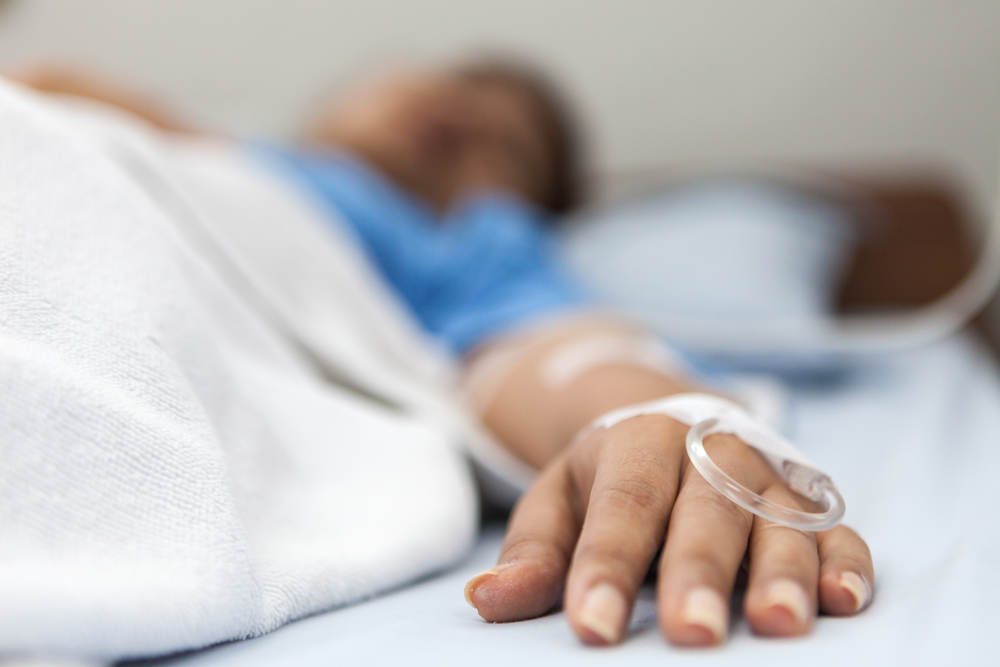Pressure injuries and sedation: Are they related?

Pressure injuries and sedation: Are they related?
EJRC ARTICLE REVIEW
Critically ill patients inherently have most of the risk factors for the development of pressure injuries. One of the key factors is immobility, which is very frequent in ICUs. This lack of mobility is enhanced by the administration of sedation and a decreased consciousness of the patient [1].
The NONSEDA-trial aimed to assess the benefits and harms of non-sedation versus sedation with a daily wake-up trial in critically ill patients in ICU. It was developed in 7 ICUs in Denmark, Sweden and Norway [2].
In a recently published article reporting the results of a subanalysis of this trial, Nedergaard et al. focus on a single ICU in Denmark where they evaluated if sedation had an impact on the incidence and location of pressure injuries [3].
Methods
The study is a non-blinded randomised clinical trial in a single mixed ICU, which collected the data retrospectively through medical and nursing records. Patients were randomised during the 24h from intubation and allocated to either sedation or no sedation group, which was stratified according to age (above or under 65) and presence of shock at admission.
In the ICU, they had a person available that staff could call in case a patient was uncomfortable to provide comfort. If the patient did not tolerate being awake, sedation was used and revaluated daily during the wake-up call.
Moreover, all patients were mobilised as often as possible including sedated patients. This was translated as one daily session with the physiotherapist (active or passive training) and sometimes one or two further sessions with the nurse.
Results
Two hundred and five patients were included in the substudy (104 non-sedation; 101 sedation). From these, 25 and 34 patients developed pressure injuries respectively. The length of stay was a median of 18 days for patients with pressure injuries, being similar in both groups. Similarly, there was no difference in the number of injuries diagnosed in both groups (31 non-sedation and 44 sedation) (p=0.08). However, they observed differences in location (p=0.03). In patients without sedation, most of the injuries were related to equipment (68%) (sacrum 19%; heels 13%), whereas in patients with sedation, the proportion was quite similar between sacrum (36%), heels (27%) and related to equipment (36%).
Strengths & Limitations
The major strength of this substudy is the randomisation and stratification of the patients. In addition, staff was not aware that pressure injuries were being evaluated, so it was possible to obtain more reliable results.
The main limitation of the study is the retrospective collection of the study.
Take Home Messages
- Sedation affects the location of the pressure injuries, which is most likely related to the patients’ mobilisation and level of consciousness.
- Non-sedation does not prevent pressure injuries, despite the change in pattern opening a likely new window for improvement.
- In patients with sedation, extra attention needs to be paid to the classic risk areas of pressure injuries, whereas in patients without sedation, the focus needs to be on the areas where devices can exert pressure.
This article review was prepared and submitted by EJRC member Mireia Llaurado Serra on behalf of the N&AHP Committee.
References
[1] Cooper KL. Evidence-based prevention of pressure ulcers in the intensive care unit. Crit Care Nurs 2013;33(6):57-66.
[2] Toft P, et al. Non-sedation versus sedation with a daily wake-up trial in critically ill patients receiving mechanical ventilation (NONSEDA Trial): study protocol for a randomised controlled trial. Trials J 2014;15:499.
[3] Nedergaard HK, et al. Pressure ulcers in critically ill patients- preventable by non-sedation? A substudy of the NONSEDA-trial. Intensive and Critical Care Nursing 2018;44:31-35.
Related Research
ESICM Trials Group
DecubICUs is a Multicentre International One-Day Prevalence Study on Pressure Injuries in Intensive Care Units.
The objective of this study is to provide an up-to-date, global picture of the extent and patterns of pressure injuries in ICUs. Point prevalence studies are only of value when performed on a vast scale. To sample a representative cohort, we intend to recruit about 1200 ICUs with all continents covered and as many countries as possible within each continent.
The data collection date is 15 May 2018.
For more information on DecubICUs & to register your interest in participating, click here.
